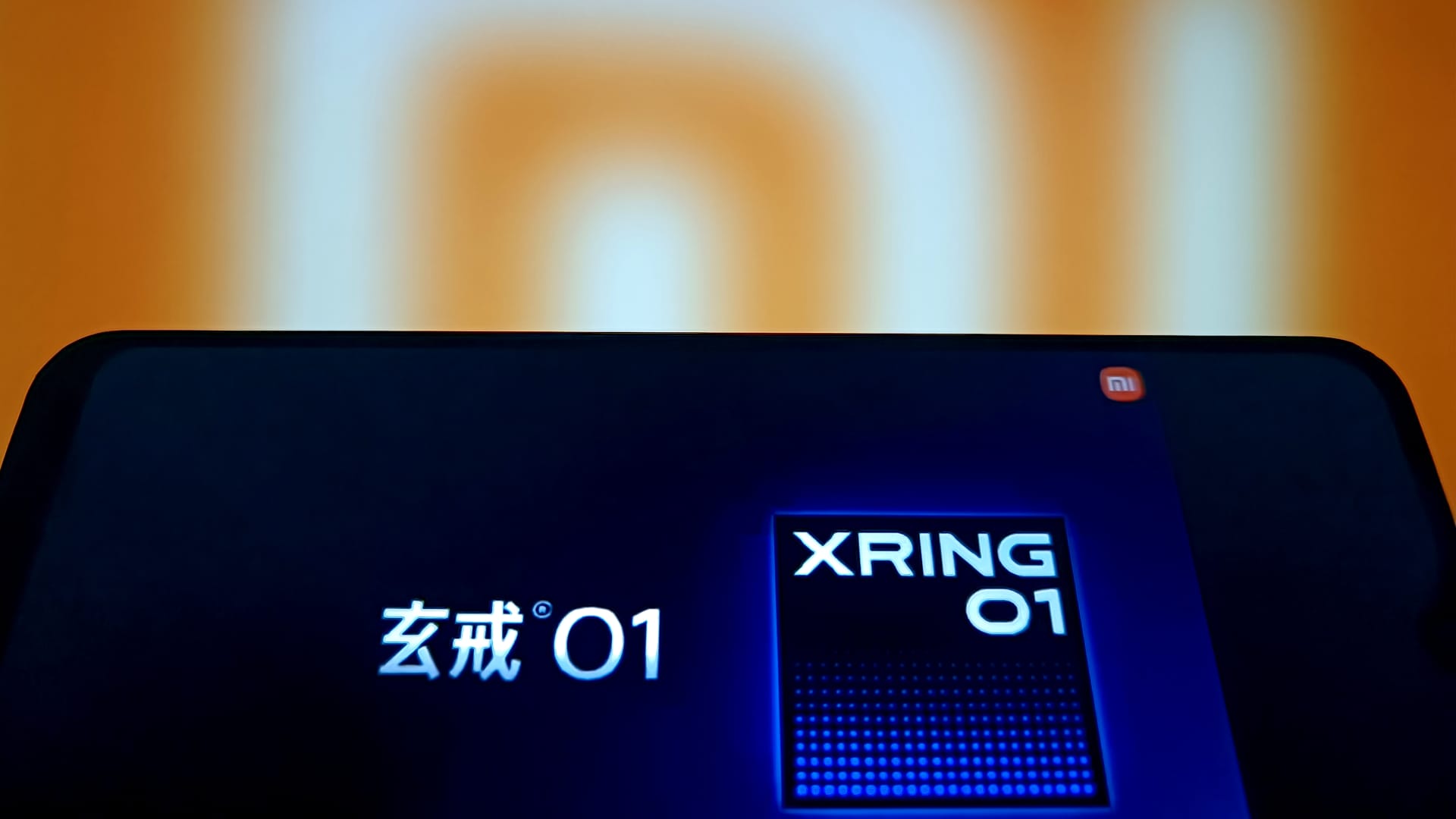BEIJING — Chinese smartphone company Xiaomi is taking on Apple’s iPhone with an advanced chip and a cheaper phone.
Xiaomi is winning the battle on the pricing of its latest phone. The new Xiaomi 15S Pro starts at 5,499 yuan ($764) — making it eligible for a state-subsidized discount — and is significantly cheaper than Apple models containing the company’s most advanced phone chip. The iPhone 16 Pro starts at 7,999 yuan, while the iPhone Pro Max model begins at 9,999 yuan — above the 6,000 yuan cut-off for a Chinese government discount for consumers.
And Xiaomi CEO Lei Jun claims his company also has a competitive chip, saying at a launch event on Thursday that Xiaomi’s new Xring O1 beat Apple’s A18 Pro on several technical metrics, including the ability to operate a game with less heat.
CNBC has not independently verified these claims. CNBC has reached out to Apple for comment.
“Apple is still number one,” Lei said in Mandarin, according to a CNBC translation. He said the Xring O1’s performance should not be seen as an attempt to pressure Apple, but rather as an indicator of the great effort Xiaomi made to develop a comparable processor.
The U.S. has increasingly restricted China’s ability to access high-end equipment for developing advanced semiconductors used in training artificial intelligence models.
Lei did not discuss any significant AI features for the 15S Pro, but showed how it could be used to lock and unlock a compatible car.
He announced that Xiaomi will spend 200 billion yuan on research and development in the next five years, starting from 2026, and predicted 30% revenue growth this year.
Lei had teased the 3 nanometer chip last week on Chinese social media app Weibo. He later noted the chip is in mass production and said the company would invest at least 50 billion yuan ($6.9 billion) over the next 10 years in its own chip development.
Apple’s iPhone 16 Pro and Pro Max use A18 Pro chips built on the same 3 nanometer process.
Around 40% of Xiaomi’s phones currently use chips by Qualcomm and MediaTek, according to Counterpoint Research Partner Niel Shah.
Xiaomi spent 13.5 billion ($1.87 billion) over four years to develop the Xring O1, Lei said in a social media post. He revealed that the company started developing chips in 2014 and unveiled one in 2017, before temporarily suspending such research.
Last spring, Xiaomi launched its first electric car, the SU7 sedan, with a price $4,000 below that of Tesla’s Model 3 at the time. Ford CEO Jim Farley said he spent months driving a Xiaomi electric car, as he tried to assess competition from Chinese automakers.
Xiaomi’s first SUV, called the YU7, will be officially released in July, Lei said in a social media post, noting the car’s price wouldn’t be revealed Thursday. Lei did share some promotional images and car features at the event.
The company delivered more than 28,000 vehicles in April, down from its record of more than 29,000 during the previous month. That comes after the crash of an SU7 vehicle in China, which left three people dead. China has since required automakers to use more conservative language when advertising driver-assist systems.
Xiaomi is set to release its first-quarter results on May 27, after the company in March reported record revenue and net profit for 2024. Sales generated from overseas markets last year accounted for nearly 42% of total revenue.
The company’s shares remain more than 50% higher year-to-date.
— CNBC’s Arjun Kharpal and Bernice Ooi contributed to this report.


 Economics1 week ago
Economics1 week ago
 Economics1 week ago
Economics1 week ago
 Economics6 days ago
Economics6 days ago
 Finance1 week ago
Finance1 week ago
 Economics1 week ago
Economics1 week ago
 Blog Post6 days ago
Blog Post6 days ago
 Personal Finance6 days ago
Personal Finance6 days ago
 Finance6 days ago
Finance6 days ago










